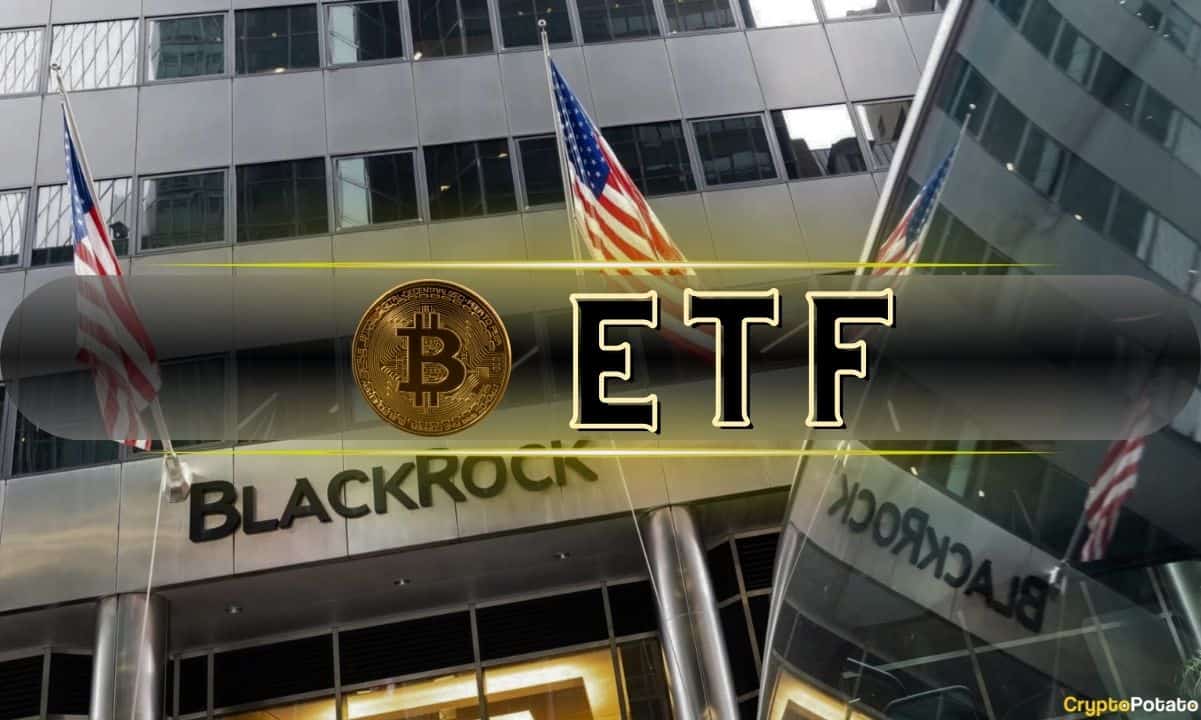CryptoCurrency
Bitcoin Price Suddenly Drops Below $90K Again as BlackRock’s IBIT Continues to Bleed

IBIT is on a 5-day negative streak.
Bitcoin’s price recovery attempt to $94,000 was short-lived as the asset plunged again to under $90,000 for the second time in the past few days.
Aside from the overall market correction, another notable reason behind these pullbacks could be attributed to the negative performance of the world’s largest BTC-focused ETF.
Data provided by FarSide paints a clear and violent picture. BlackRock’s IBIT has seen net outflows in 11 out of the last 15 trading days, and only two of those four were with positive numbers. The fund has lost roughly $2.650 billion within this timeframe, which is a stark contrast to the millions (and even billions on some dates) attracted daily during the summer rally.
What’s even more worrisome is the fact that the withdrawals on November 18 of $523.2 million set a record for the single-largest day of net outflows. Fidelity’s FBTC has also been bleeding out lately, with some examples on November 4 (-$356.6 million) and November 7 (-$256.7 million).
Overall, nearly $5 billion has been withdrawn from the spot Bitcoin ETFs in the United States since October 29. Naturally, this sort of investor behavior has harmed the underlying asset’s price, which traded above $116,000 at the end of the previous month.
Since then, it has dropped by more than $26,000 as it now trades well below $90,000 after the most recent rejection at $94,000 earlier today.
The situation around Ethereum and its ETF is rather identical and even worse on some occasions. In fact, the funds have been deep in the red since October 8. More precisely, only six out of the 28 trading days since that date have seen net inflows; the rest have been in a negative territory.
You may also like:
Expectedly, ETH’s price has suffered a lot within this timeframe. It stood close to $4,800 on October 7 before the overall market crash drove it south hard, as the asset plunged below $3,000 once again minutes ago.
SECRET PARTNERSHIP BONUS for CryptoPotato readers: Use this link to register and unlock $1,500 in exclusive BingX Exchange rewards (limited time offer).










